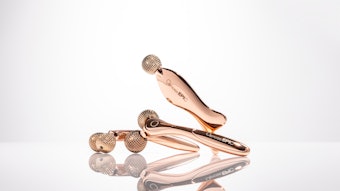
Not all anti-aging techniques require products or treatments—recent research in Frontiers in Human Neuroscience found that dancing can reverse signs of aging in the brain and combat the mental and physical effects of growing older.
According to the study's authors, "Dancing seems a promising intervention for both improving balance and brain structure in the elderly. It combines aerobic fitness, sensorimotor skills and cognitive demands while at the same time the risk of injuries is low." Additionally, dance uses auditory and visual sensory information in contrast to classical cardiovascular fitness programs.
Researchers focused attention to the hippocampus (HC) in the brain, which is key to normal and pathological aging, along with balance and cognitive processes, such as memory and learning.
Methods
Volunteers for the study were all in their 60s and 70s, with an average age of 68.
Previous research has shown that physical exercise is effective against signs of aging in the brain. To assess which types of exercise are most effective, researchers split volunteers into two groups to undergo 18 months of either dance or fitness training.
While the fitness group practiced mainly repetitive exercises—such as cycling or Nordic walking—the dance group constantly learned new choreography. Analysis on HC activity was performed throughout the study.
Researchers concluded that while larger studies with more samples are necessary in the future, results from the study at hand show that "both dance and fitness training can induce hippocampal plasticity in the elderly, but only dance training improved balance capabilities."










